One Piece Odyssey beginner tips you need to know before playing

One Piece Odyssey is out now, and all you budding pirates can sail the seas along with the rest of the Straw Hats. In the latest game the crew finds themselves on the island of Waford, a mysterious place where their abilities get stripped away, and they must revisit places from their memories with new events.
Odyssey is the best One Piece game yet, as we said in our One Piece Odyssey review. It blends some classic One Piece humor with a solid turn-based battle system that’ll keep you playing til the end. And to get to grips with that battle system, you should read our tips.
One Piece Odyssey has a bunch of features that aren’t clearly explained, or some things you should keep an eye on while you play, and we’ll be breaking down all of that for you here.
Equipment
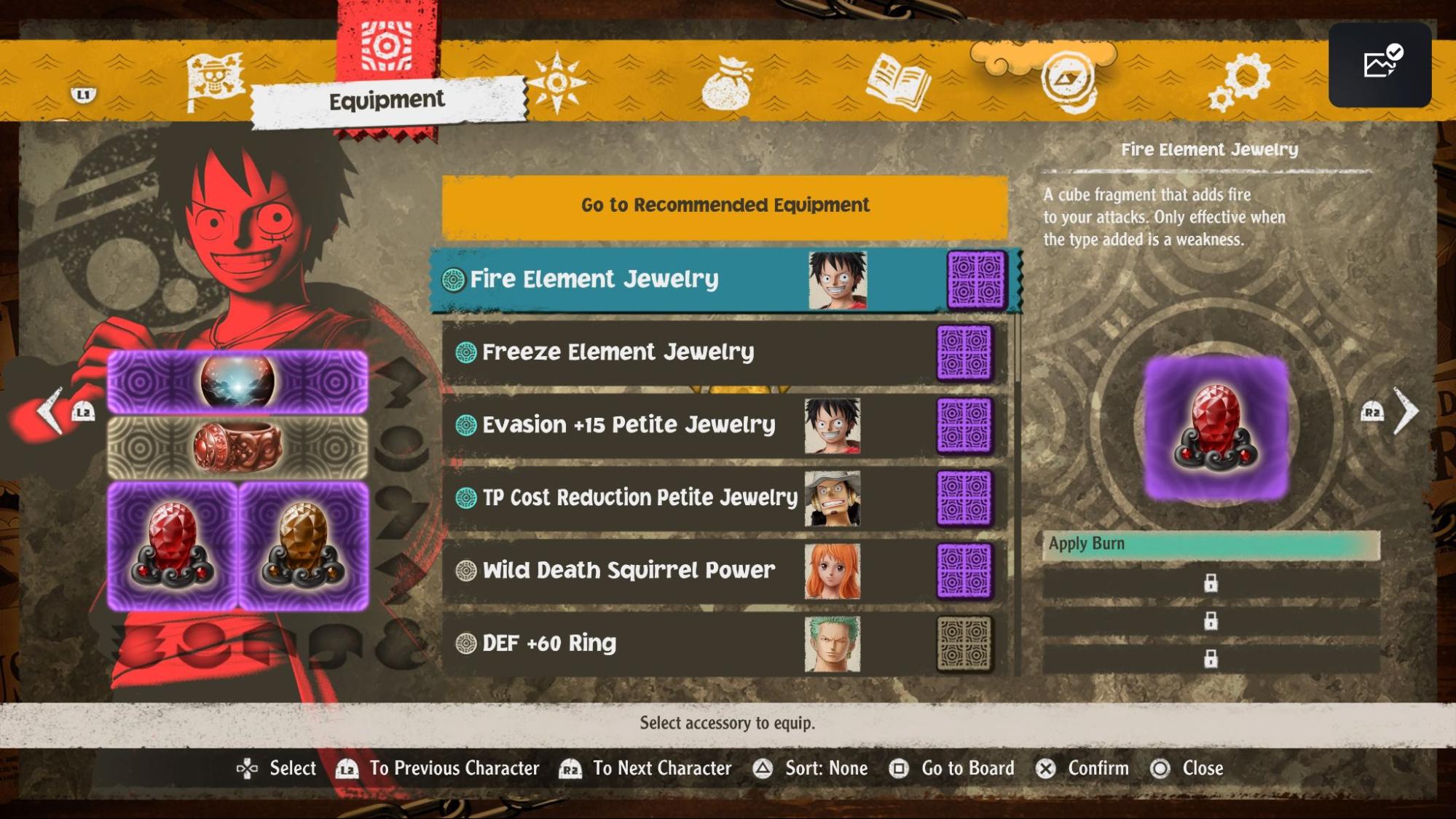
Equipment in One Piece Odyssey isn’t your usual array of weapons and armor – the character’s outfits and abilities are innate and iconic, so that wouldn’t make much sense. Instead, we get a set of invisible jewelry. Each character gets a 4x4 equipment grid to slot things into, and you can equip as much as you can as long as you can fit them, Tetris-style. Slot in equipment that complements the character’s type. You won’t start with any equipment in your inventory, so make sure to buy some when you visit a shop.
Close-range attacks
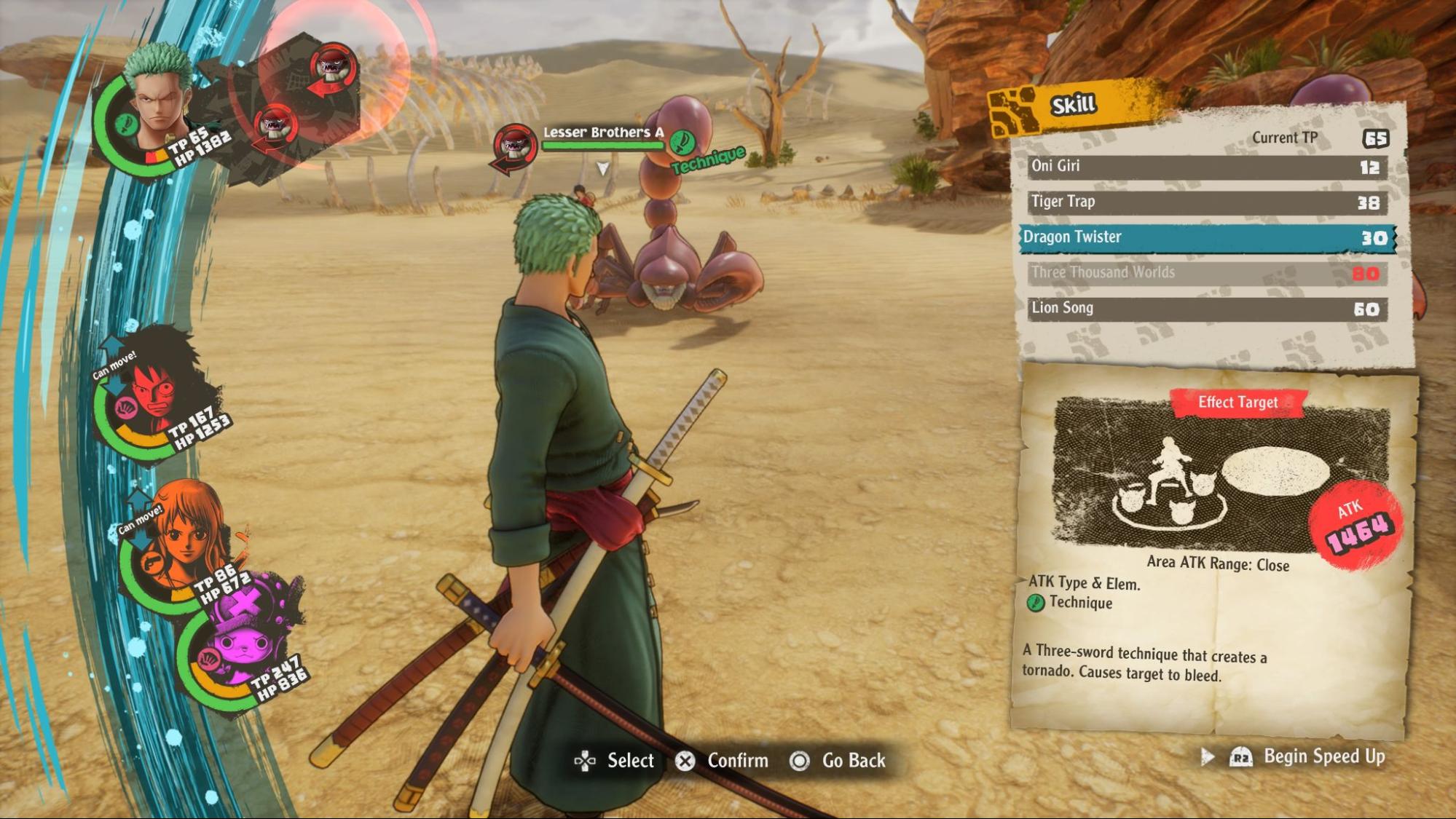
The battle system is fairly unique, so it’s worth digging in a bit and breaking down how things work when you start out. There’s an area system, and put simply, when an enemy is in your area, you can’t move, and all close-range attacks will hit within your area. If there are no foes within your area, using a close-range attack will move you within their area, meaning you’ll be stuck there until they are downed, or you use a move that removes them from your area. So keep in mind that you might want to keep your distance from some enemies, especially if they have multi-target close-range attacks, which could do hefty damage to your whole squad, assuming you’ve grouped them together.
Long-range attacks
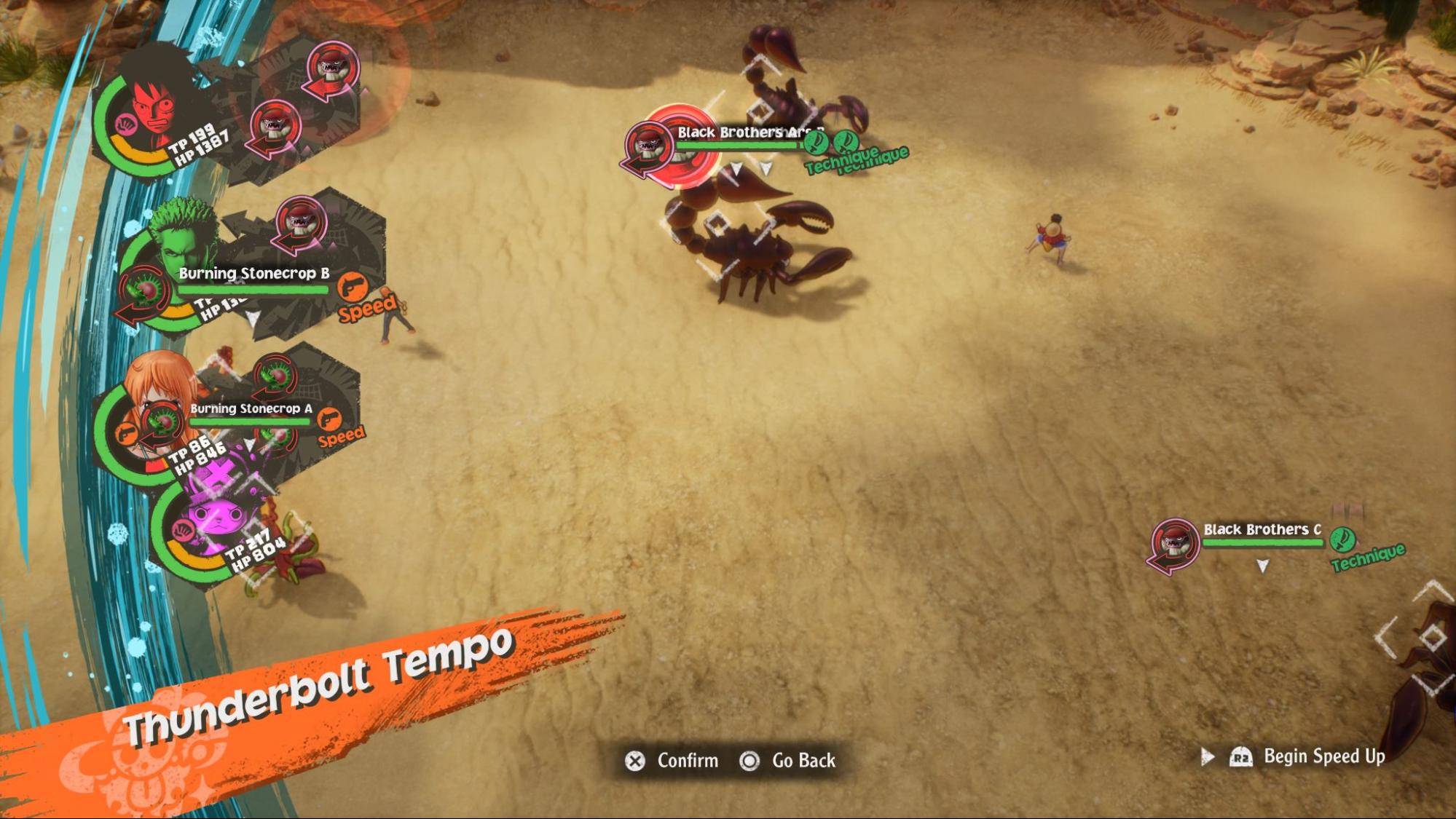
Now we have the area system explained, you can imagine how long-range attacks work. Long-range moves can hit any foe without you having to change area. Yes, you can use long-range attacks on different areas even if there are enemies within close-range, or on enemies within close-range. Long-range attacks are incredibly useful for this reason, especially when your allies are stuck with enemies they’re weak against.
The battle triangle
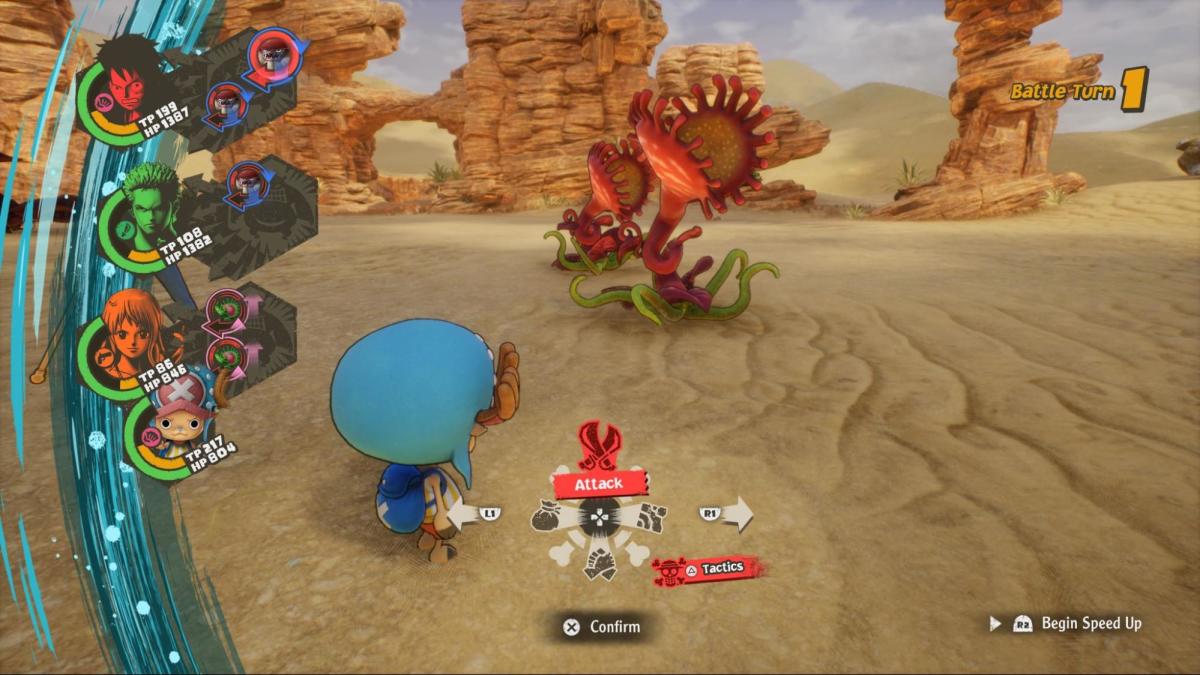
Every ally and enemy is assigned Power, Speed, or Technique types in battle. It’s a classic battle triangle, with Power beating Speed, Speed beating Technique, and Technique beating Power. Following this pattern will make most battles much easier to get through. Keep in mind that foes could be weak or resistant to skills to a degree beyond the basic battle triangle – definitely don’t use an attack on a resistant enemy unless you’re purposely trying to drag out the battle.
Battle challenges
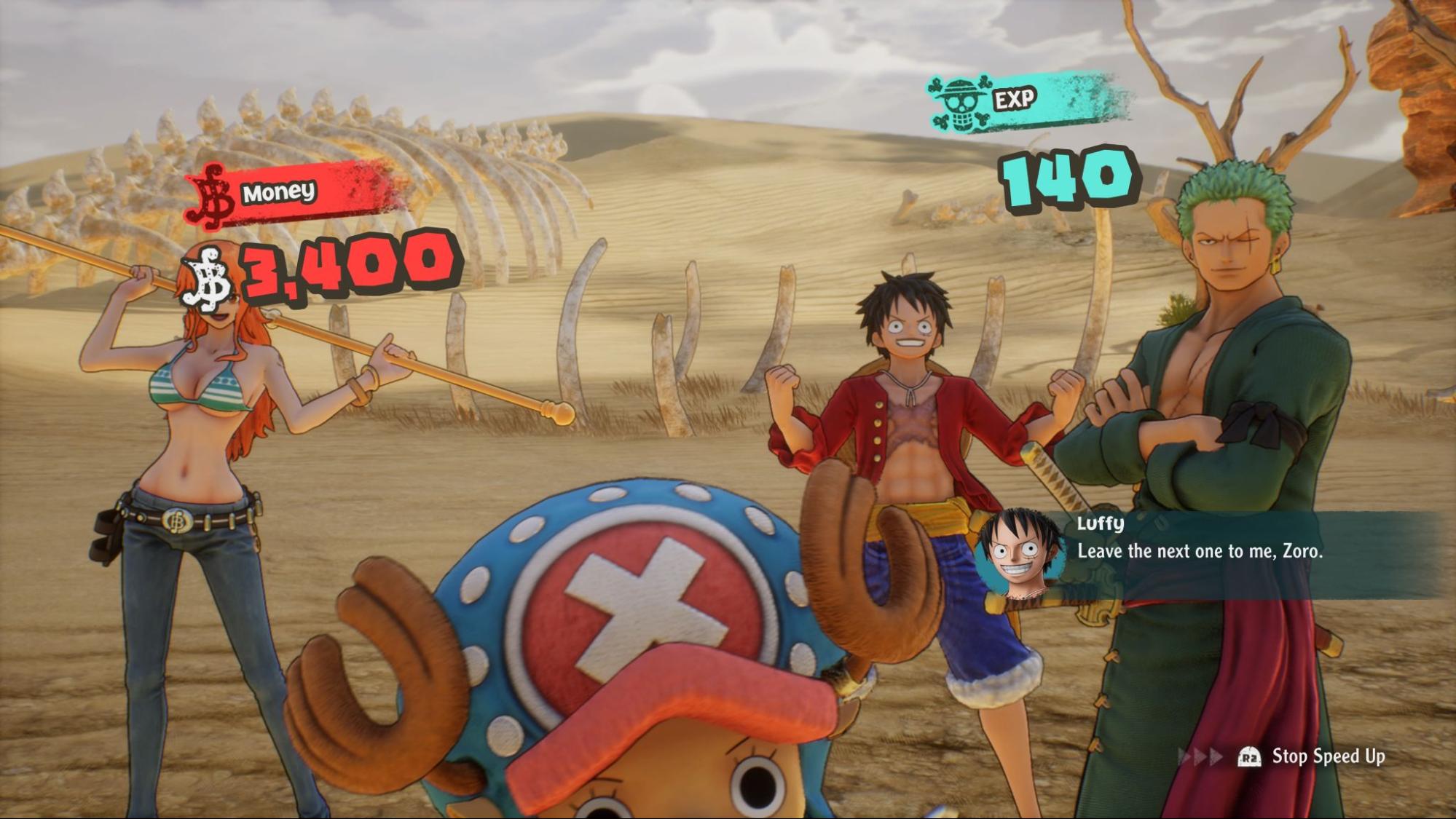
One more thing you need to be aware of in battle is spontaneous battle challenges. Battle challenges may ask you to clear an area before a turn elapses, eliminate a foe with a certain character, and so on. These battle challenges will sometimes warn you about incoming attacks too, Xenoblade Chronicles-style. But the best part of these challenges is that they can reward you with massive amounts of bonus EXP. It’s worth completing these challenges, even if they force you to drag the battle out to complete them.
Character abilities
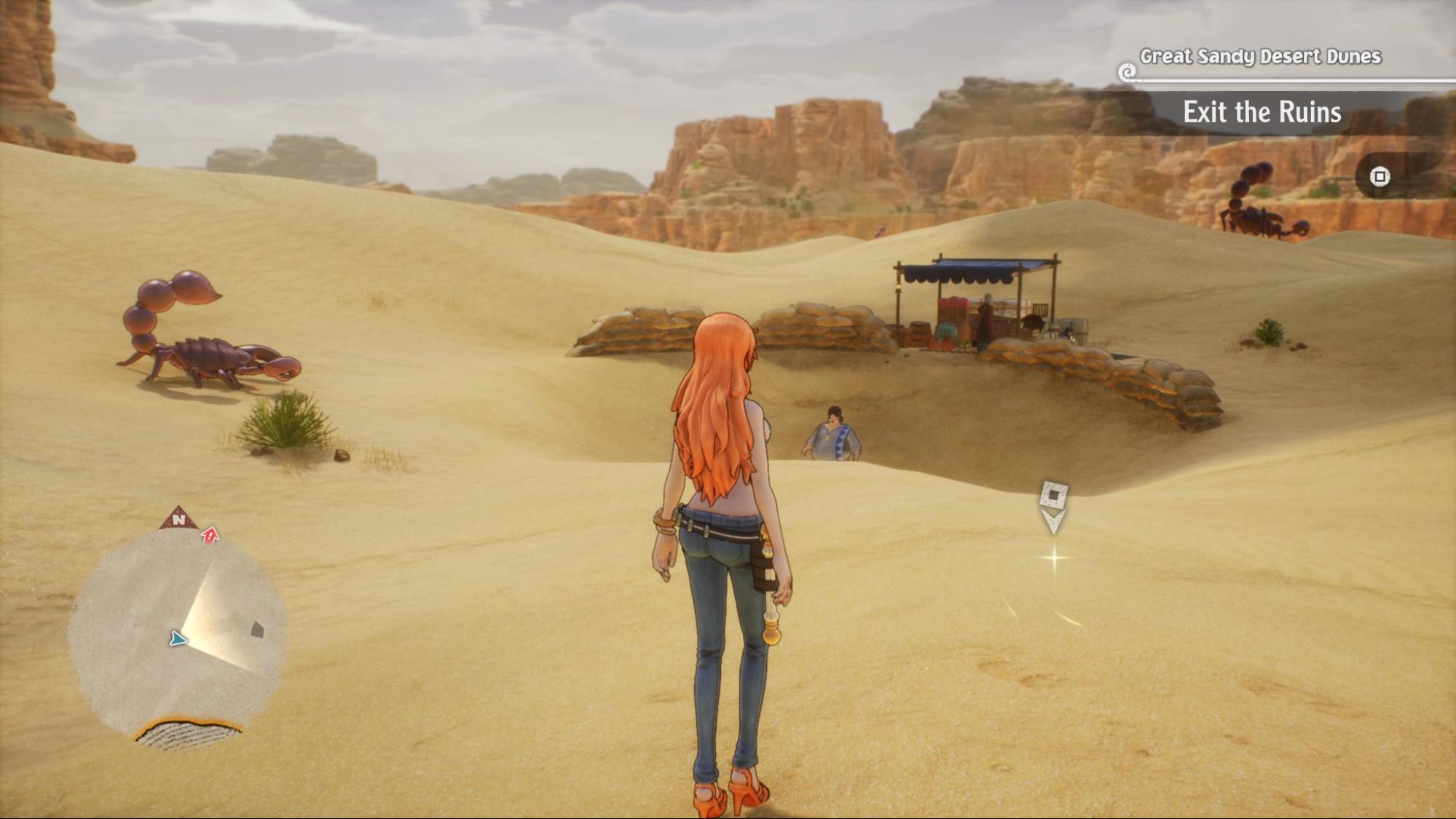
Outside of battle each character is able to be controlled in the overworld, and each has a unique ability you should be making use of. Luffy is great in general since he can quick break boxes and grab items as you explore thanks to his stretchy arms. Nami can handily locate dropped money, Chopper can move through tight spaces, and Usopp can shoot down bird nests and other items. Most areas are designed to be traversable as Luffy, but you should still swap between the characters to grab extra items and bonuses.
Back attacks
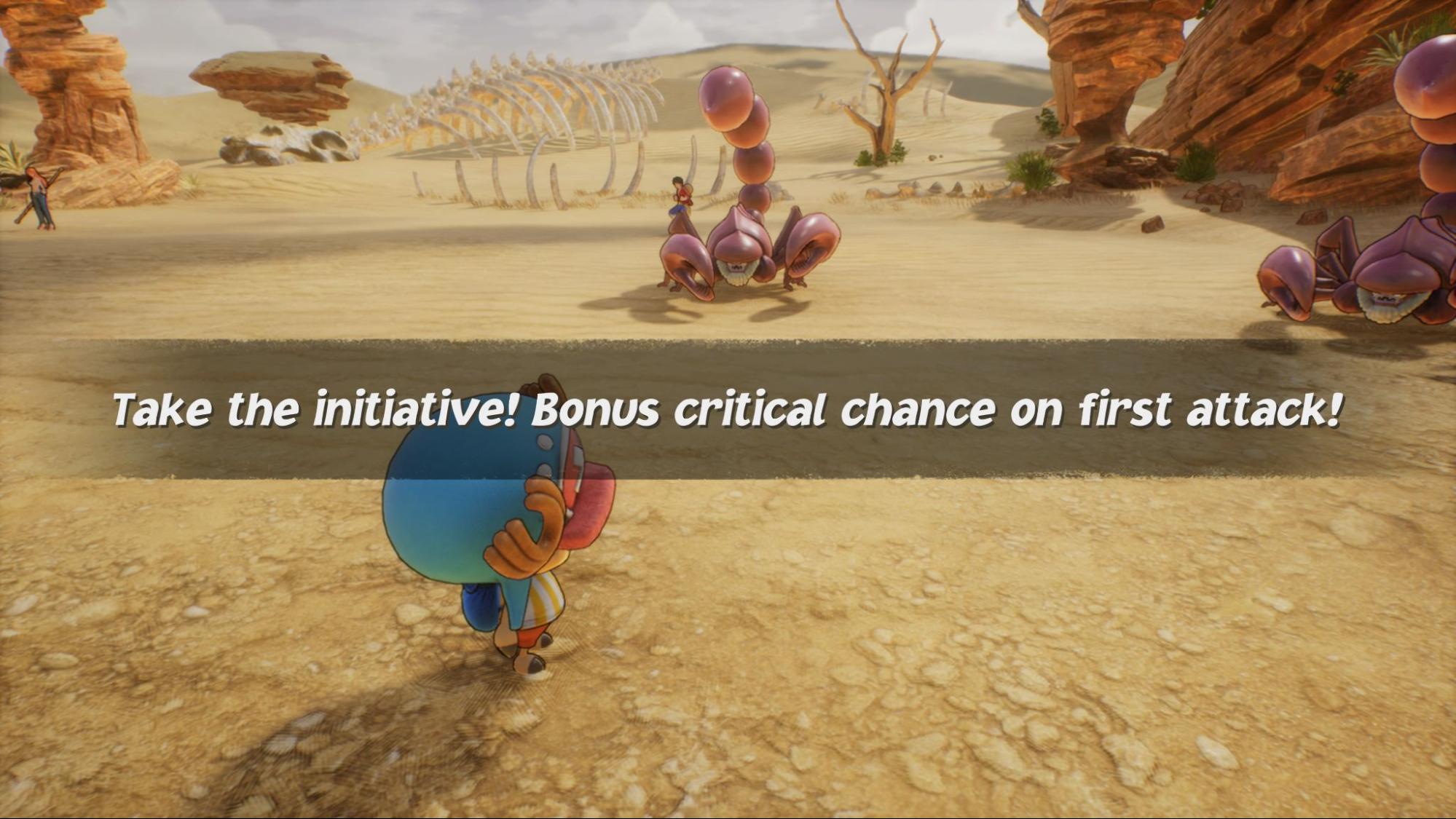
To make battles a little bit easier, you can aim to start battles with back attacks. Sneak up on an enemy in the overworld and touch their back to start the battle with a massively boosted critical hit rate for your first turn. Critical hits offer extra bonuses, such as slamming foes into one another for extra damage. But also, if an enemy touches your back in the overworld, your first turn will have you at a significant disadvantage.
Cube fragments and upgrades

Cube fragments can be found in the overworld, and these are reusable upgrade materials. Most of your skills can be upgraded by assigning cube fragments – it’s usually a minimum of three fragments for an upgrade. You can unassign and reassign cube fragments freely, so there’s no pressure on which move you wish to upgrade. The downside, however, is that cube fragments are locked to certain characters, meaning that you’ll need to spend quite a while searching for fragments in order to get enough for the whole party.
Item stock
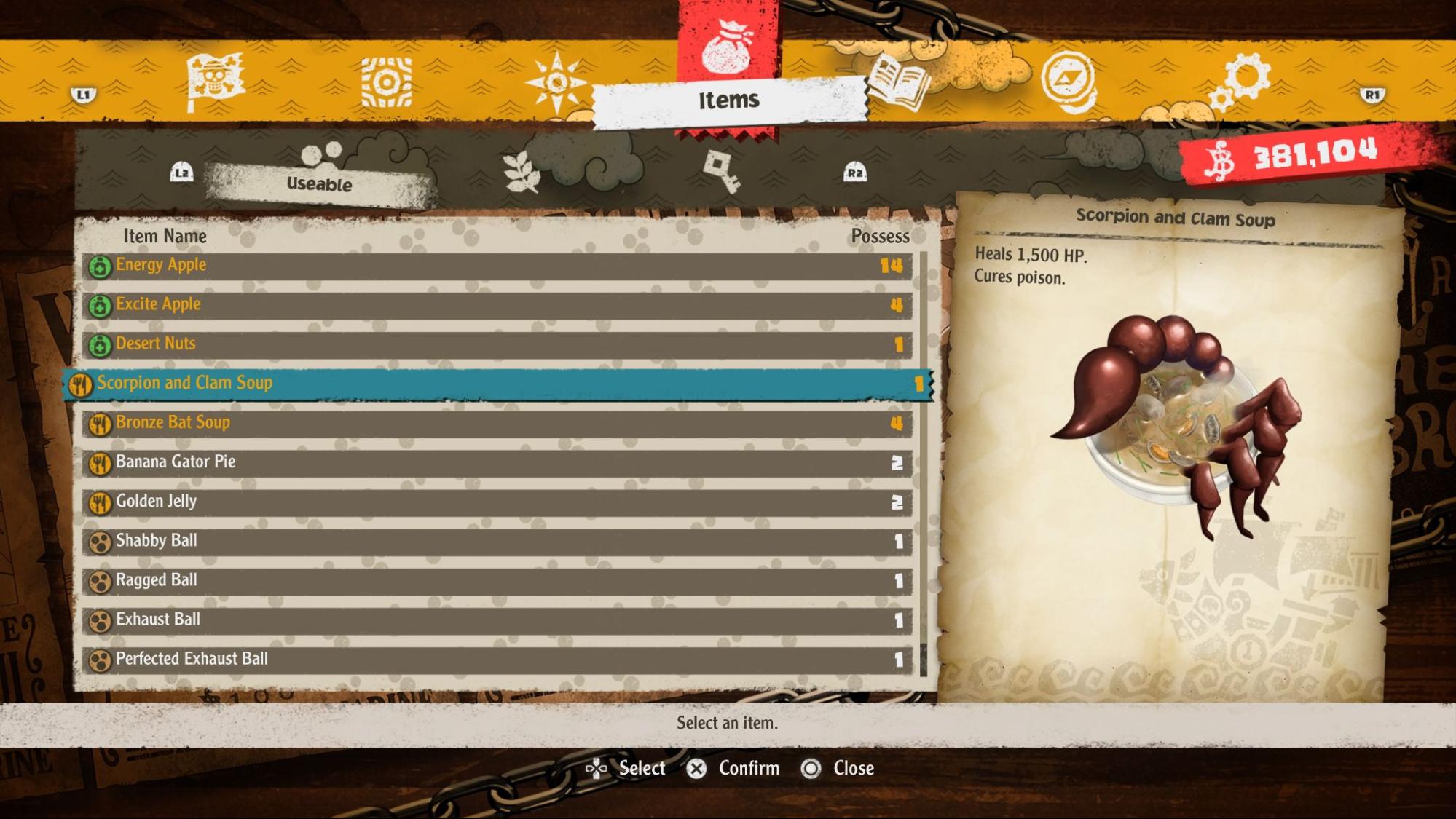
You should remain stocked up on items, if possible. Chopper can use Skills to heal allies, and you resources are replenished when you take out foes, but when the going gets tough, you’ll be happy to have a few restorative items ready to heal up in the thick of the fight.
Speed up battles
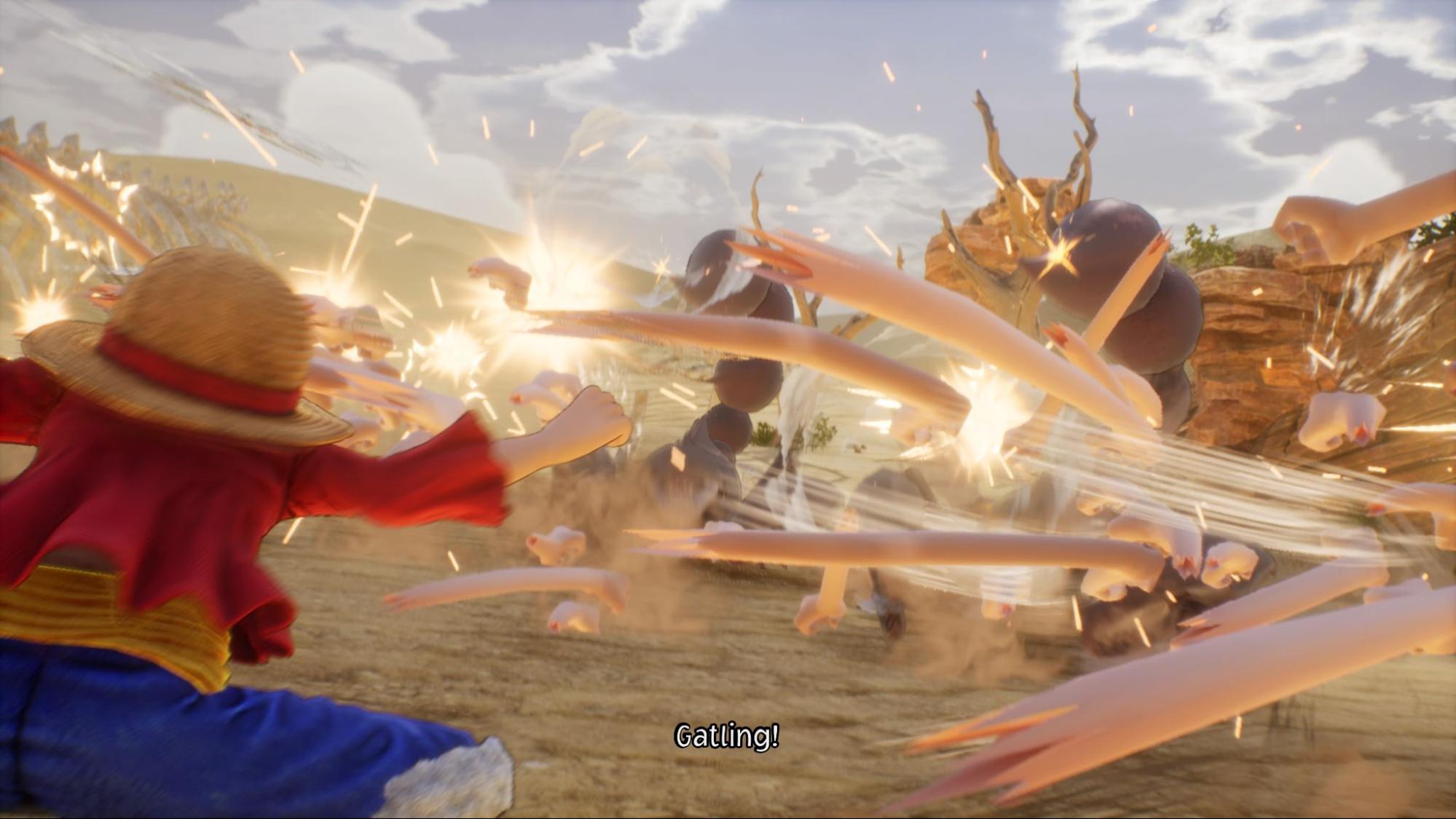
Press R2 to speed up battle animations. Yes, the animations look good, and you might want to slow things down to appreciate them every now and then, but in general, you really need the speed up function turned on in order to make battles easier to bare.
Clear Objectives

There’s an Objective screen on your pause menu filled with dozens of small objectives for you to complete. Don’t pay too much attention to it while playing, but check back every hour or so to take all of the rewards for clearing objectives.
